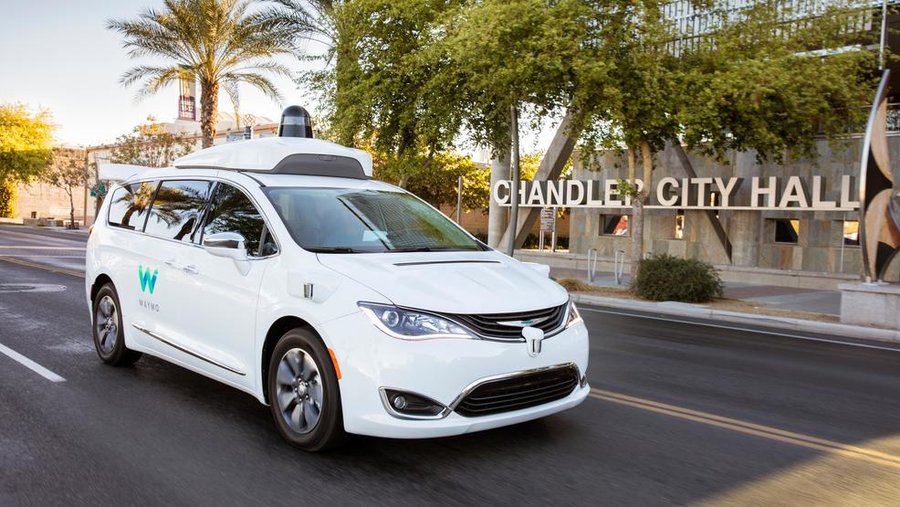Waymo’s autonomous vehicles are driving 25,000 miles every day

Waymo, the former Google self-driving project that spun out to become a business under Alphabet, has driven 8 million miles on public roads using its autonomous vehicles.
Waymo CEO John Krafcik shared the company's milestone Friday while onstage with Nevada Governor Brian Sandoval at the National Governors Association conference in Santa Fe, N.M. The figure is notable when compared to where Waymo was less than a year ago. In November, the company announced it had reached 4 million miles, meaning the company has been able to double the number of autonomous miles driven on public roads in just eight months.
Waymo's fleet of self-driving vehicles is now logging 25,000 miles every day on public roads, Krafcik said. He later tweeted out the stats along with a graphic. Waymo has 600 self-driving Chrysler Pacifica Hybrid minivans on the road in 25 cities. It's also adding 20,000 Jaguar I-Pace crossovers and has plans for another 62,000 Pacificas.
The company also relies on simulation as it works to build an AI-based self-driving system that performs better than a human. In the past nine years, Waymo has "driven" more than 5 billion miles in its simulation, according to the company. That's the equivalent to 25,000 virtual cars driving all day, everyday, the company says.
This newly shared goal signals Waymo is getting closer to launching a commercial driverless transportation service later this year. More than 400 residents in Phoenix have been trialing Waymo's technology by using an app to hail self-driving Chrysler Pacifica Hybrid minivans.
The company says it plans to launch its service later this year.
Waymo's driverless ride-hailing service has received the most attention. But the company is also working to apply its self-driving system to three other areas, including logistics (so trucking), making public transportation more accessible and, further off, plans to work with automakers to make personally owned vehicles.
Waymo, and more specifically Krafcik, has never provided much detail about how its self-driving system would make public transportation more accessible. On Thursday, Krafcik teased a future announcement.
"We'll have announcements soon about how we're going to use our technology move people from their homes or work to existing public infrastructure hubs so we as a society can get more ROI from those public transportation infrastructure investments," Krafcik said.
Related News
